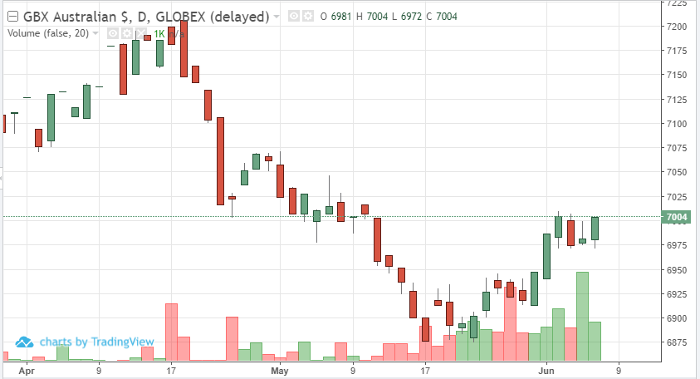
The June US dollar opened Friday morning at 96.965 and sank in early morning trade. This move lower comes on the heels of extremely soft jobs data, as the US economy added a mere 75,000 nonfarm payrolls in May, missing expectations by 105,000 and down from 224,000 jobs added in April. The fact that the USD did not benefit from ‘dovishness’ coming out of yesterday’s ECB meeting adds fuel to the bear camp. From a technical perspective, the greenback appears to be oversold, as this week’s decline was the largest since June of 2018! I am expecting to see a bounce in the dollar next week, but with a lack of strength after a series of safe-haven developments, it seems the USD has lost its bullish foundation. Foreign currencies around the world are benefiting from the recent weakness in the dollar. The euro has rolled out an impressive rally over the last six sessions, but it appears to be a “win by default” situation as it typically trades inversely to the dollar. Weak fundamentals are still in place throughout Europe, as German data was very disappointing overnight, the Italian budget deficit remains imbalanced, and the ECB cut its forecast for GDP growth… not to mention the unending Brexit situation. Technically speaking, the euro is still entrenched in a clearly defined eight-month downtrend. The Yen has formed a clearly bullish pattern, aided by weakness in the dollar and is tracking toward a resistance level at 92.835, and a break through this level will likely cause more buying interest. In case of a pullback, support holding at 92.14 maintains bullish momentum. Going into the summer months, the Australian dollar looks to be poised for a breakout, as its recent leg up has held support and is not consolidation near the 70.00 level. A break over 70.20 should trigger increased buying interest.
July ’19 Australian Dollar, Daily Chart



